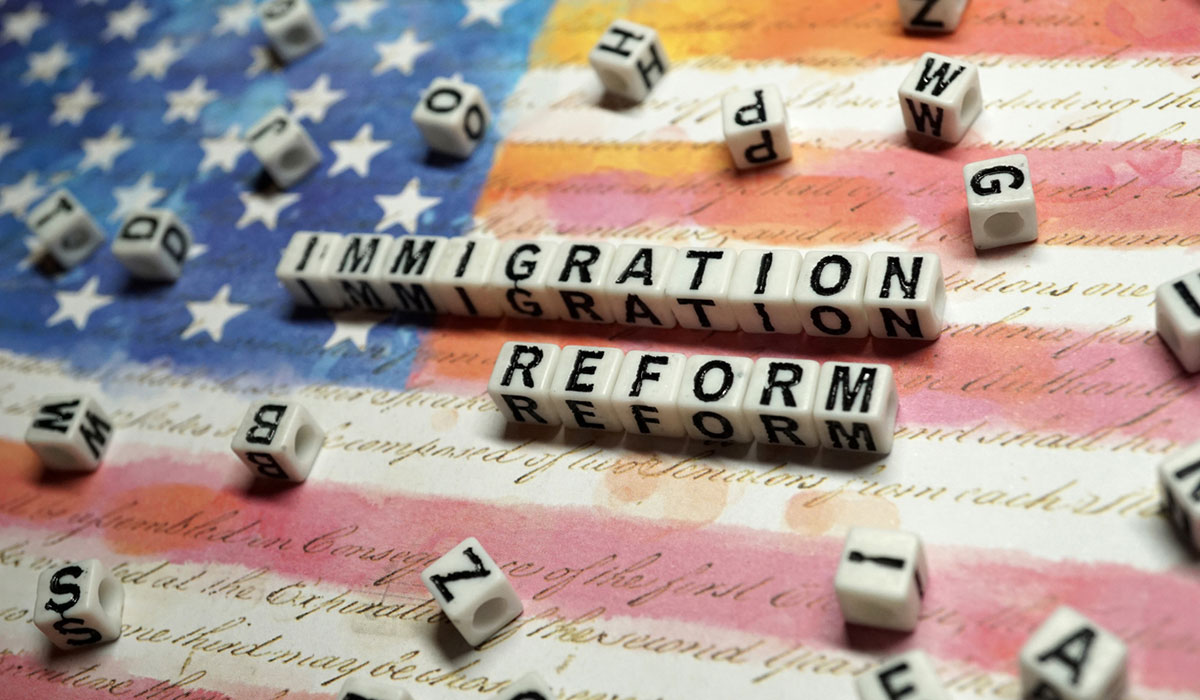Late on 11 July, Sen. Rand Paul (R-KY) introduced legislation in the U.S. Senate that would dramatically improve America’s high-skill immigration system. The bill reforms the EB (employment based) visa program by enlarging the program and making it more fair. EB green cards are the primary visa used by IEEE members to immigrate to the United States.
At the heart of Sen. Paul’s BELIEVE Act (S. 2091) are key provisions from the Fairness in High-Skill Immigrates Act, S. 297, introduced earlier this year by Sen. Mike Lee (R-UT).
Senator Lee’s bill would remove country caps from within the EB green card program. Under current rules, only a limited number of EB visas can go to immigrants from any one country in a given year. This has resulted in massive backlogs of immigrants from India (and to a lesser extent, China) waiting for green cards for a decade or longer. By eliminating the country caps, Sen. Lee would award the scarce EB visas on a first-come, first-served basis.
IEEE-USA supports removing the country caps, but recognizes that doing so creates problems for EB applicants who are not from India and China. Moreover, Sen. Lee’s bill fails to address the most fundamental problem with the EB system: it just isn’t big enough.
Since the 1990s, more people have been getting into line for EB visas than are getting out of line, which has resulted in more than 750,000 people in the EB backlog. Removing the country caps will not reduce this backlog, only rearrange it. Rather than applicants from India waiting 10 years for a visa and everyone else waiting 1 to 3 years, Sen. Lee’s bill would have everyone waiting around 7 years, which is fair, but also too long.
Which is where Sen. Paul’s bill comes in. His bill not only eliminates the backlog, but also increases the EB cap from 140,000 to 270,000 annually. Additionally, S. 2091 would exempt spouses and children from the EB cap, meaning all 270,000 visas would go to workers (only half do currently). If passed, the BELIEVE Act would quickly clear out the entire EB backlog and allow skilled immigrants to get their green cards within a year or two of applying, a vast improvement over the current situation.
Individuals don’t apply for EB visas – their employers do. Companies wishing to hire someone using an EB visa must prove that they have tried and failed to find a qualified American, must pay their new EB visa employees the prevailing American wage, and advertise positions publicly before turning to the EB program. All of these protections are maintained in the BELIEVE Act.
The EB visa is distinct from the H-1B and L temporary visa programs in that EB visas are green cards. Once a person has a green card, they are permanent legal residents of the United States and can become full citizens after 5 years. Green card holders own their legal status, which means they can switch jobs, start businesses, start families, and otherwise behave exactly like American citizens. And because EB workers can behave exactly like American workers, they cost exactly the same as American workers.
Unlike temporary work visas, EB visas strengthen the American economy, which is why IEEE-USA supports expanding the program.
The BELIEVE Act’s prospects for passage are unclear at this time. High-skill immigration is relatively popular in Congress and with the American people, but Congress has had difficulty passing any immigration legislation over the past several years.
IEEE members who support making it easier for skilled immigrants to become Americans are encouraged to contact their legislators in Washington to ask them to cosponsor S. 2091, the Believe Act. Contact IEEE-USA staffer Russell Harrison at r.t.harrison@ieee.org if you have questions about this bill, or any of IEEE-USA’s public policy activities.
